Spitfire® Ace™ Advanced Ti:Sapphire Regenerative Amplifiers
Overview
High-Energy, Ultrafast Amplifiers with Industry-Leading Power and Stability
- Revolutionary Ace regenerative cavity design
- More than 16 W of output power
- Superior mode quality (M2 <1.3)
- Digital synchronization electronics
- Spitfire Ace Power Amplifier (PA)
- Spitfire Ace CEP6 Carrier-Envelope Phase Stabilization option
Products
Applications
- Ultrafast Spectroscopy
- Time resolved spectroscopy
- Multicolor pump-probe spectroscopy
- Four wave mixing spectroscopy
- Material processing
- Coherent control
- Nonlinear optics
- Optical parametric amplification
Specifications
Output Characteristics1,10,11
| SPFIRE ACE | SPFIRE ACE-PA-40 | SPFIRE ACE-PA-100 | |||||||
|---|---|---|---|---|---|---|---|---|---|
| Pulse Width2,3 | <35 fs–<120 fs; <2 ps4 | <40 fs | <120 fs | ||||||
| Repetition Rate5 | 1 kHz | 5 kHz | 10 kHz | 1 kHz | 5 kHz | 10 kHz | 1 kHz | 5 kHz | 10 kHz |
| Average Power4 | |||||||||
| Ascend 60 | >7.0 W | >8.0 W | >7.0 W | >13.0 W | >16.0 W | >14.0 W | >14.0 W | >16.0 W | >14.0 W |
| Ascend 40 | >5.0 W | >6.0 W | >5.0 W | ||||||
| Pulse Energy | |||||||||
| Ascend 60 | >7.0 mJ | >1.6 mJ | >0.7 mJ | >13.0 mJ | >3.2 mJ | >1.4 mJ | >14.0 mJ | >3.2 mJ | >1.4 mJ |
| Ascend 40 | >5.0 mJ | >1.2 mJ | >0.5 mJ | ||||||
| Pre-Pulse Contrast Ratio6 | >1000:1 | ||||||||
| Post-Pulse Contrast Ratio7 | >100:1 | ||||||||
| Energy Stability | <0.5% rms over 24 hours | <0.75% rms over 24 hours | |||||||
| Beam Pointing Stability | <5 µrad rms8 | <7 µrad rms8 | |||||||
| Wavelength9 | 795–805 nm | 780-820 nm | 780–820 nm | ||||||
| Spatial Mode | TEM00 (M2 <1.3 on both axes) | TEM00 (M2 <1.45 on both axes) | |||||||
| Beam Diameter (1/e2) | 10 mm (nominal) | 12 mm (nominal) | |||||||
| Polarization | Linear, Horizontal | ||||||||
Footnotes:
- Due to our continuous product improvements, specifications are subject to change without notice. The specifications only apply when Spitfire Ace is operated with recommended Spectra-Physics seed and pump lasers.
- A Gaussian pulse shape (0.7 deconvolution factor) is used to determine pulse width (FWHM) from autocorrelation signal as measured with Newport PulseScout® autocorrelator.
- For alternative pulse widths, please contact Spectra-Physics.
- Specifications apply when pumped using Spectra-Physics Ascend 60 pump laser. The <1 ps option maximum power >5.0 W.
- The desired optimum repetition rate must be specified at time of purchase. If additional repetition rates are required, additional optic sets may be required. Any system can be operated (with the same energy per pulse) at reduced repetition rates through internal divide-down electronics.
- Defined as the ratio between peak intensity of output pulse to peak intensity of any pre-pulse that occurs >1 ns before the output pulse. For higher contrast ratio, please contact Spectra-Physics.
- Defined as the ratio between peak intensity of output pulse to peak intensity of any post-pulse that occurs >1 ns after the output pulse. For higher contrast ratio, please contact Spectra-Physics.
- At constant temperature. Variable temperature specifications <20 µrad/°C, peak-to-peak.
- For wavelength extension through SHG, THG, FHG or OPA, please contact Spectra-Physics.
- Performance specifications apply at peak of gain curve.
- The Spitfire Ace/Spitfire Ace PA is a Class IV – High-Power Laser, whose beam is, by definition, a safety and fire hazard. Take precautions to prevent exposure to direct and reflected beams. Diffuse as well as specular reflections can cause severe skin or eye damage.
Features
Overview
The Spitfire® Ace™ is our flagship amplifier system. It is the most technically advanced Ti:Sapphire regenerative amplifier commercially available. Equipped with our proprietary Ace cavity design, the Spitfire Ace provides guaranteed long term performance, low noise and reliable day-to-day operation resulting in consistent OPA performance and nonlinear wavelength conversion for use in the most demanding ultrafast applications.
Exceptional Quality and Performance
The Spitfire Ace amplifier builds upon our highly successful Spitfire platform. Every component has been carefully evaluated and selected to maximize stability. The Spitfire Ace regenerative amplifier produces an industry leading average power of more than 7 W at 1 kHz and 10 kHz, and 8 W at 5 kHz with excellent beam quality.
Excellent Stability
The Spitfire Ace provides the most stable output available from a Ti:Sapphire regenerative amplifier making the Spitfire Ace ideal for pumping multiple OPA systems and driving a wide range of nonlinear spectroscopies. The Spitfire Ace is also available as a Carrier-Envelope Phase (CEP) stabilized system. Achieve new levels of performance with the Spitfire Ace.
Compatible Power Sensors
To verify and analyze the output power of your Spitfire Ace CEP6 laser, we recommend the Ophir L50(150)A-PF-35 (7Z02737) thermal power sensor and Centauri laser power meter. Additional information on this laser measurement equipment can be found on the ophiropt.com website. Other Ophir sensors and meters may also be suitable for the Spitfire Ace CEP6, depending on application. Ophir also works with laser system developers to achieve embedded beam diagnostics to monitor system performance as an OEM solution.
Resources
Data Sheets
- Spitfire Ace Datasheet (389.9 kB, PDF)
- Spitfire Ace PA Datasheet (603.6 kB, PDF)
- Spitfire Ace CEP6 Datasheet (1.4 MB, PDF)
Drawings & CAD
- Spitfire Ace PA Dimensions (275 kB, PDF)
- Spitfire Ace Dimensions (235.7 kB, PDF)
Application Notes
Technical Articles
- Ultrafast Amplifiers for High-end Spectroscopy
- Synchronization Techniques Enable Novel Ultrafast Science (300.1 kB, PDF)
Literature
- Ultrafast Lasers Brochure (4.6 MB, PDF)
Pre-installation Guides
- Ultrafast Amplifiers Pre-installation Guide (103.5 kB, PDF)

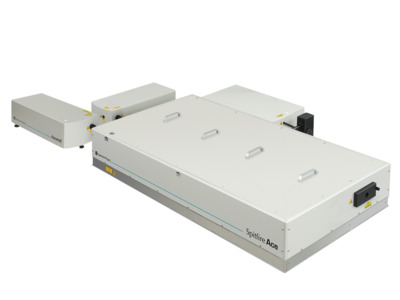
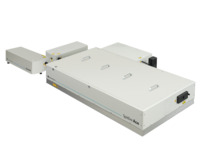
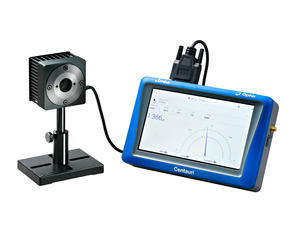
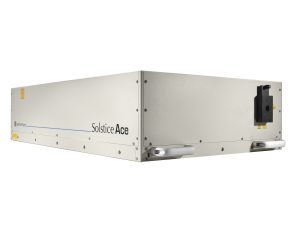
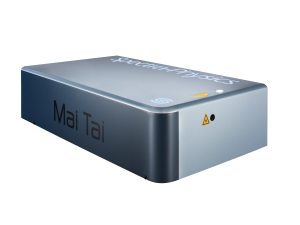
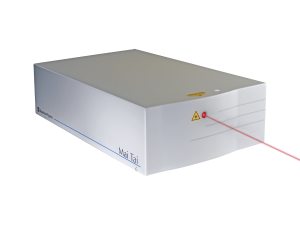
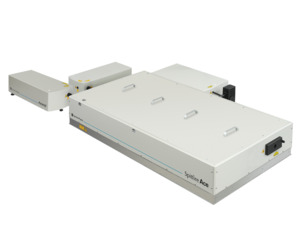
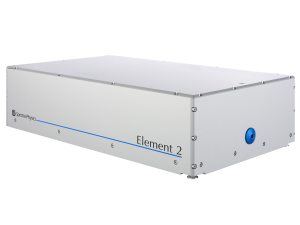
 Ultra-High Velocity
Ultra-High Velocity